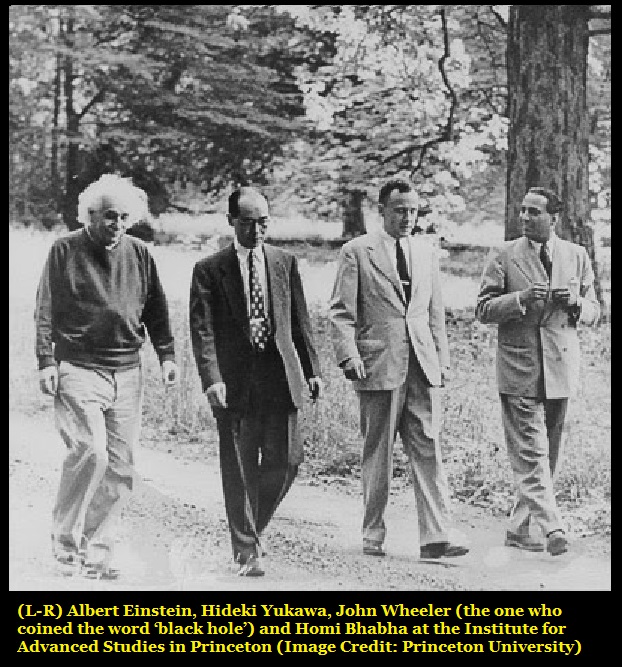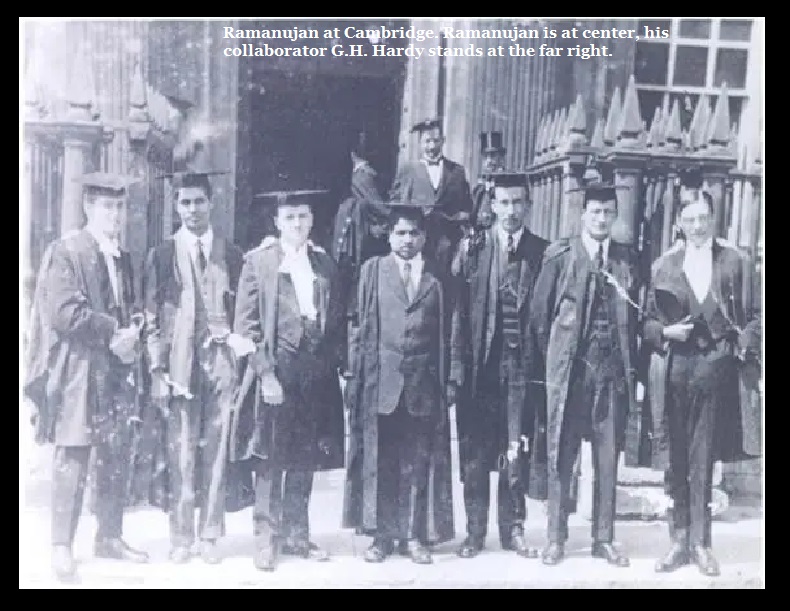Is it difficult to write 100-200 years old history faithfully and honestly in the Indian context? Importance events sidelined and ignored (3)

Editing, expunging and expurging the speeches and writings of the leaders: Now, every political party wants to save India, particularly, the party that wanted to break away from India, too claims so. About the ideology of the DMK, such tendencies are well known, as C.N. Annadurai himself ignored “Dravidastan” to contest elections and become the Chief Minister of Tamilnadu. The pranks, prangs, brawls and speeches and writings of them have also been well-known, yet, they are held in esteem. Many of them could not be printed and thus, they are edited, filled up with dots…… or totally expurged. Vulgar, unbecoming, unparliamentarily, offensive, disparaging, derogatory and all other words and expressions can be added, but, they do not equal with what they talked and written. The moment, they expired, statues are raised and elevated to the level of godhead. Ironically, though, they have been atheists and talk ill of Hindu religon, as recently, the DMK Minster has done with, and the cases pending with the Supreme Court and High Courts[1], their statues are put up and venerated. One pro-Dravidian researcher has researched about “dirty words” in Tamil[2], but, he coolly ignored this historical prank. He reportedly visited foreign countries to collect details about the Dravidian leaders, as if, he could not get such details from the local sources, directly, as they have registered offices, printing press and back-issues of their official dailies and journals.

Historians, historiographers and history writers have to update their subject in consonance with the development of science and technology: Nowadays, a paper “History of Indian science and Technology” is added to the students of history, archaeology, anthropology and related subjects, but, for some reason the visits of these scientists to India, their connection with Indian counterparts and how India has been managing with them, in spite of USA-USSR and later international ideological ramifications etc., are not known. Definitely, these visits form part and parcel of Indian recent history and reading history without them cannot give a full picture about the position of India in global context, are not included. Every subject has to be updated and made to be useful to people, as consumerism demands such usage. Though, the political history alone is not enough or work with countries like India, very often historians, historiographers and history writers restrict them to such a limited area. There also, as pointed out, they aid and abet politicians, powerful political lobbyists and corporate, and therefore, the 100-200 years history suffer from such lacuna, drawback and disadvantage.

The leaders, dignitaries and VIPs visited Madras and Tamilnadu and the related events: As many VIPs have visited Madras, Tamilnadu, the related events and their significance can be explained. Many recent historical events can be recorded, elaborated and discussed, but not done. Some of them are listed out here:
- 1896 – Winston Churchill’s visit to Madras
- Ambedkar visits to Madras
- 1927 – whether EVR met Gandhi or not.
- 1939 – Subash Chandra Bose visit to Tamilnadu
- 1941 – Jinnah’s visit to Madras. the Muslim league’s 28th session in the Madras People’s park.
- EVR role in Vaikom Satyagraha.
- 1952 – Potti Sreeramulu fast unto death in Madras
- Ramanujan working at the Madras Port Trust.
- Aurobindo in Tamilnadu.
- V.V. S.Iyer in Tamilnadu.
- How Rajaji differed from Nehru[3].
- 1961 – Queen Elizabeth and Prince Philip, the Duke of Edinburgh, made their first visit to Madras Then came in 1997.
- The visits of the great scientists to India – Neils Bohr, Norbert Wiener, PMS Blackett, Joseph Needham and JBS Haldane.

- According to his note in the Blackett Papers, Royal Society, Patrick Blackett visited India in 1947, 1948, 1950, 1953, 1954, 1955, 1963, 1964, 1965, 1966, 1967 and 1971.
- 1952 – JBS Haldane was the key-speaker at the Indian Science Congress, 39th session, Calcutta.
- 1953 – Dr. Norbert Wiener who visited the Ramanujan Institute of Mathematics in 1953.
- In December 1954, Professor Dirac, one of the greatest physicists of the 20th Century, gave a lecture at the Senate House of the University of Madras.
- 1960 January – Neils Bohr visited Madras.
- Jan 1964 – Second Anniversary Symposium of MATSCIENCE and the visits of Professor Leon Rosenfeld (Niels Bohr Visiting Professor) and McCrea Hazlett (Provost, Univ. Rochester.

These are given just for illustrative purposes and not exhaustive, while many VIPs visited many cities in India during the last 100-200 years, historians, researchers and others do not bother about. Instead, new myths are created about the leaders. Some are discussed below. As language was given more importance by the Dravidologists, such related issues are taken up. It is well-known that the Dravidlogists claimed separate state / country “Dravidastan” based on the Dravidian / Tamil language, to be carved out of India, just like Pakistan. However, the Telugu speaking people wanted Andhradesa within India. This is the main difference.

The claim over Madras and Tirupati: The two alternative political solutions suggested by Andhra leaders were to make Madras as joint capital of Andhra and Madras States or to divide the City, allowing the areas north of the river Cooum going to Andhra and areas south of the river going to Madras states, which did not find favour with Tamils or central leaders. C. Rajagopalachari (1878-1972), the then chief minister of Madras province, did not support Madras moving to Andhra State. On the Tamil peoples’ side M. P. Sivagnanam (Maposi 1906-1995) leader of a Tamil organization called Tamil Arasu Kazhagam agitated against Telugus’ claim organising rallies, meetings and dharnas etc., saying “talai koduttenum talainagaraik kappoom, vengadattai vitamattom” (We will protect and save the capital for Tamils even if we have to part with our heads, We will not give up our claim over Tirupati)[4]. With the demand of “Madharas manathe” movement, and the delay in the implementation of separate Andhra state, Potti Srimulu (1901-1952) started fast unto death[5]. The JVP (Jawahar, Vallabhbhai, Pattabhi) committee, headed by Jawaharlal Nehru, would not accept that proposal with the Andhra State. The Congress leaders opined that despite the entreaties of supporters who stated that retention of Madras was a futile cause. Nehru ignored it[6] and Rajaji too ironically did not care to take steps[7]. The difference between Nehru and Rajaji is not discussed generally by the historians and researchers.
© K. V. Ramakrishna Rao
15-05-2024

[1] Udhayanidhi Stalin vs State of Maharashtra and Ors – similar cases pending in other courts also.
[2] A.R. Venkatachalapathy, Dirty Words: A History of Swearing and Abuse in Tamil, Madras Institute of Development Studies, Chennai. This he presented at differet places including the 41st session of APHC held at Anatapur in 2017.
[3] At Nehru’s invitation, in 1950, Rajagopalachari joined the Union Cabinet as Minister without Portfolio where he served as a buffer between Nehru and Home Minister Sardar Patel and on occasion offered to mediate between the two. Following Patel’s death on 15 December 1950, Rajagopalachari was finally made Home Affairs Minister and went on to serve for nearly 10 months. As had his predecessor, he warned Nehru about the expansionist designs of China and expressed regret over the Tibet problem. He also expressed concern over demands for new linguistically based states, arguing that they would generate differences amongst the people. By the end of 1951, the differences between Nehru and Rajagopalachari came to the fore. While Nehru perceived the Hindu Mahasabha to be the greatest threat to the nascent republic, Rajagopalachari held the opinion that the Communists posed the greatest danger. He also adamantly opposed Nehru’s decision to commute the death sentences passed on those involved in the Telangana uprising and his strong pro-Soviet leanings. Tired of being persistently over-ruled by Nehru concerning critical decisions, Rajagopalachari submitted his resignation on the “grounds of ill-health” and returned to Madras.
[4] Maposi spearheadedthe counter movement, “தலை கொடுத்தேனும் தலைநகரைக் காப்போம், வேங்கடத்தை விடமாட்டோம்,” claiming Tirupati.
[5] Madrasi, also spelled as Madrassi, is a term used as a demonym and a regional slur for people from southern India, especially Tamil Nadu. In earlier usage it was a demonym to refer to the people of Madras Presidency, including the people of present-day Andhra Pradesh, Tamil Nadu, and parts of Karnataka and Kerala, however this use of the term is now outdated. In present-day, the exonym Madrasi specifically refers to the people in living in Madras (officially called as Chennai), and the term Chennaite (or Chennaivasi) is the endonym for the people living in the city. Just like “Dravidastan,” this term has also restricted to be used for the people of Madras / Chennai.
[6] On 3rd December, Nehru wrote to Rajagopalachari: ‘Some kind of fast is going on for the Andhra Province and I get frantic telegrams. I am totally unmoved by this and I propose to ignore it completely.”
[7] Rjaji became the CM after the first legislative assembly Election to the Madras state based on universal adult suffrage that was held in 27 March 1952. This was the first election held in Madras state after the Indian Independence. This election was officially known as the 1951 Madras State Election, even though through delays, actual voting didn’t take place until early 1952.

Filed under: JBS Haldane, Joseph Needham, Neils Bohr, Norbert Wiener, Queen Elizabeth, Winston Churchill | Tagged: chennai, history, India, indian history, JBS Haldane, Joseph Needham, Leon Rosenfeld, Neils Bohr, Norbert Wiener, Paul Dirac, PMS Blackett, Queen Elizabeth, tamil nadu, Winston Churchill | Leave a comment »

